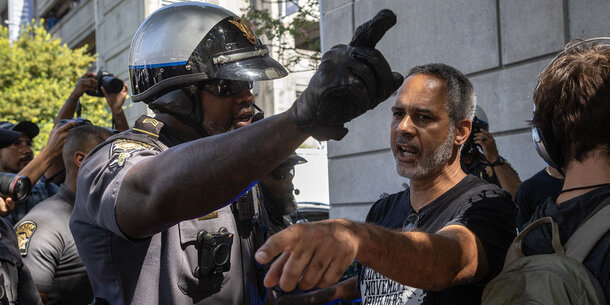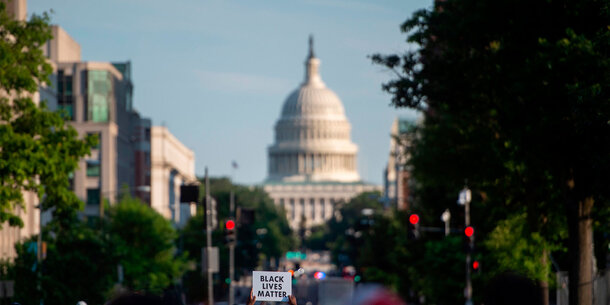Social media has become a significant source of information for U.S. law enforcement and intelligence agencies. The Department of Homeland Security, the FBI, and the State Department are among the many federal agencies that routinely monitor social platforms, for purposes ranging from conducting investigations to identifying threats to screening travelers and immigrants. This is not surprising; as the U.S. Supreme Court has said, social media platforms have become “for many . . . the principal sources for knowing current events, . . . speaking and listening in the modern public square, and otherwise exploring the vast realms of human thought and knowledge” — in other words, an essential means for participating in public life and communicating with others.
At the same time, this growing — and mostly unregulated — use of social media raises a host of civil rights and civil liberties concerns. Because social media can reveal a wealth of personal information — including about political and religious views, personal and professional connections, and health and sexuality — its use by the government is rife with risks for freedom of speech, assembly, and faith, particularly for the Black, Latino, and Muslim communities that are historically targeted by law enforcement and intelligence efforts. These risks are far from theoretical: many agencies have a track record of using these programs to target minority communities and social movements. For all that, there is little evidence that this type of monitoring advances security objectives; agencies rarely measure the usefulness of social media monitoring and DHS’s own pilot programs showed that they were not helpful in identifying threats. Nevertheless, the use of social media for a range of purposes continues to grow.
In this Q&A, we survey the ways in which federal law enforcement and intelligence agencies use social media monitoring and the risks posed by its thinly regulated and growing use in various contexts.








